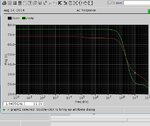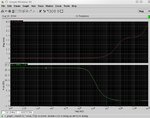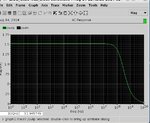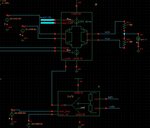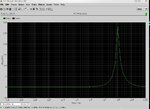zhangljz
Member level 5
Hi,
I am designing a LVDS tx, but I don't know how to simulate the output impedance. Any one can help?
Here are my schematics.
To measure the impedance,
firstly I run dc analysis to get the common-mode feedback voltage "v_cmfb". After that I disconnected CMFB circuit from the driver, and set v_cmfb to the value I got in the first step. Then connect 'outn' and 'outp' to "idc" with "dc current" 3mA, "ac magnitude 1A" "ac phase" 0 and 180 respectively. Then run ac analysi.
But the simulation shows the impedance of 'outn' is about 9k ohm, while for 'outp' only 20 ohm. Is this correct? What is wrong with the simulation configuration.
Thank you.


I am designing a LVDS tx, but I don't know how to simulate the output impedance. Any one can help?
Here are my schematics.
To measure the impedance,
firstly I run dc analysis to get the common-mode feedback voltage "v_cmfb". After that I disconnected CMFB circuit from the driver, and set v_cmfb to the value I got in the first step. Then connect 'outn' and 'outp' to "idc" with "dc current" 3mA, "ac magnitude 1A" "ac phase" 0 and 180 respectively. Then run ac analysi.
But the simulation shows the impedance of 'outn' is about 9k ohm, while for 'outp' only 20 ohm. Is this correct? What is wrong with the simulation configuration.
Thank you.



